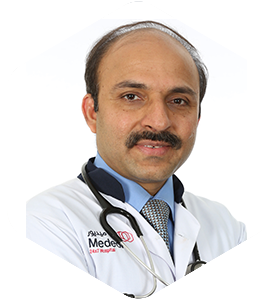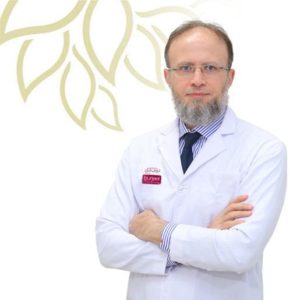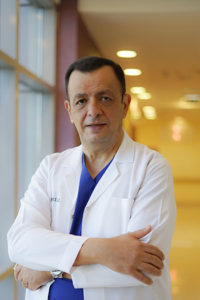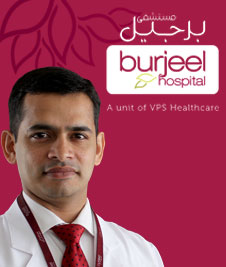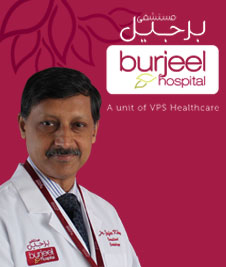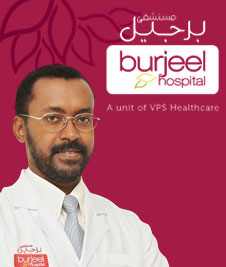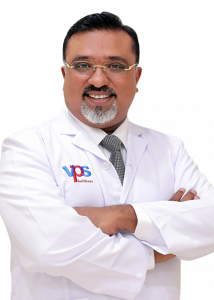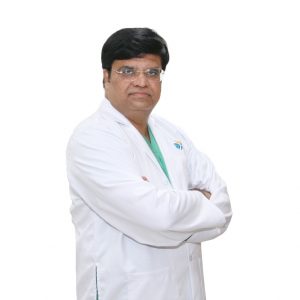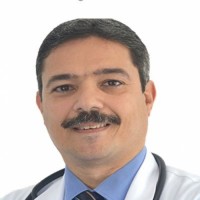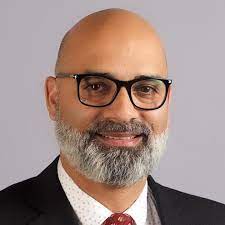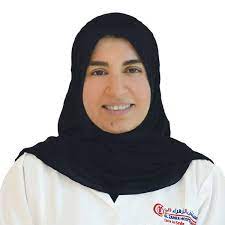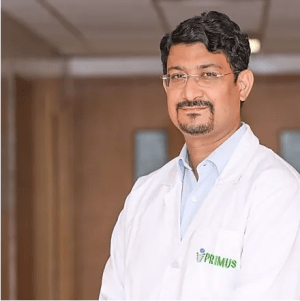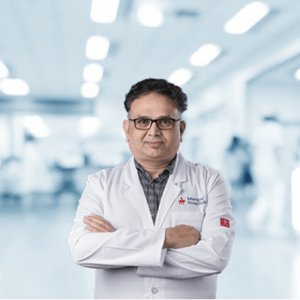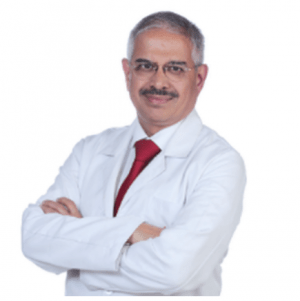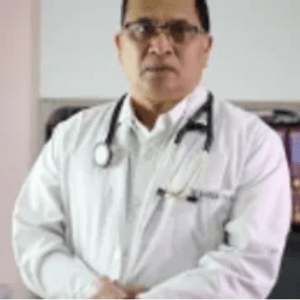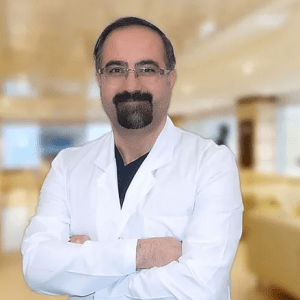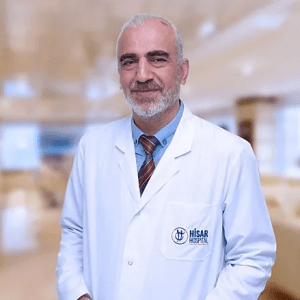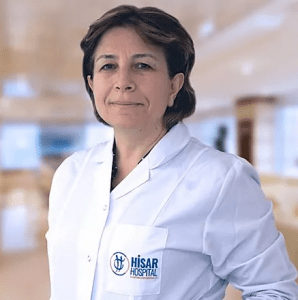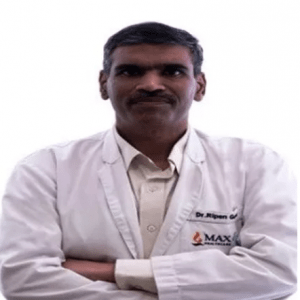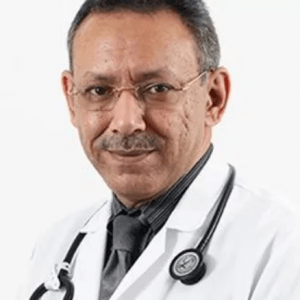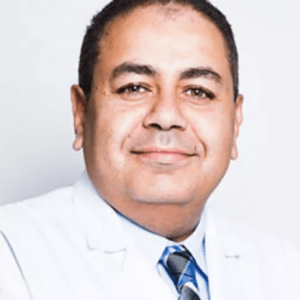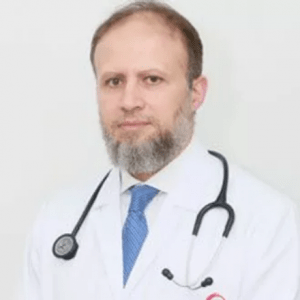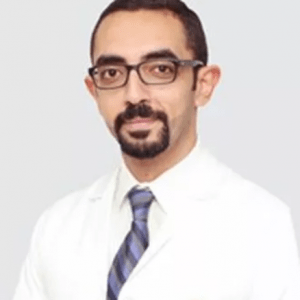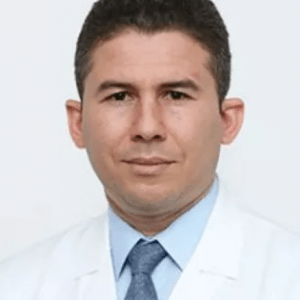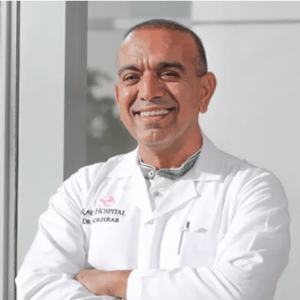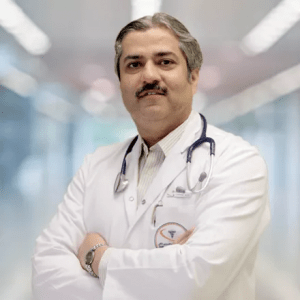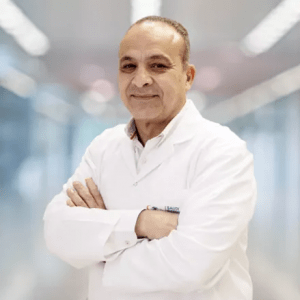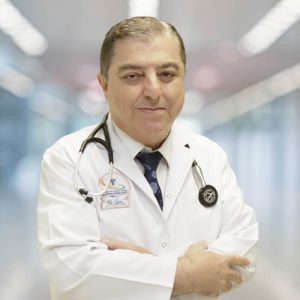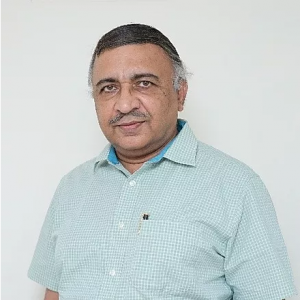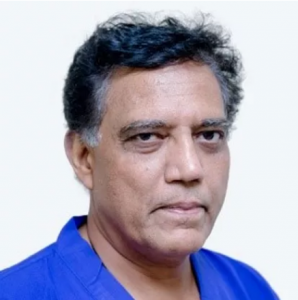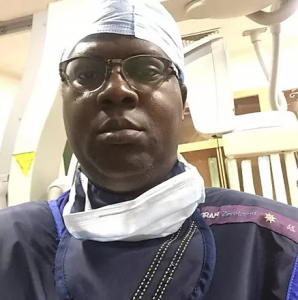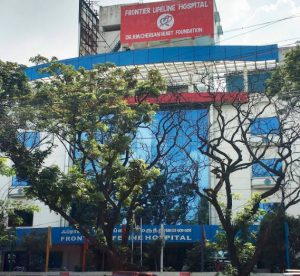Heart Valve Replacement and Repair: Procedures and Recovery in Canada
Heart valve replacement and repair surgery is used to manage heart valve disease. A heart valve disease affects any of the four valves of the heart. They also can disrupt the proper blood flow through the heart. This is because if they malfunction, their work of regulating the blood flow is disrupted. Heart valve replacement… Read More
Top Doctors For Heart Valve Replacement and Repair: Procedures and Recovery in Canada Treatments
Top Hospitals For Heart Valve Replacement and Repair: Procedures and Recovery in Canada Treatments
Heart Valve Replacement and Repair: Procedures and Recovery in Canada
Heart valve replacement and repair surgery is used to manage heart valve disease. A heart valve disease affects any of the four valves of the heart. They also can disrupt the proper blood flow through the heart. This is because if they malfunction, their work of regulating the blood flow is disrupted. Heart valve replacement and repair is aimed at correcting that malfunction. It is usually done by replacing the affected valve with a biological or even a mechanical one. The type of valve replacement will usually depend on the age of the affected individual, their general health, the valve affected and the seriousness of the issue.
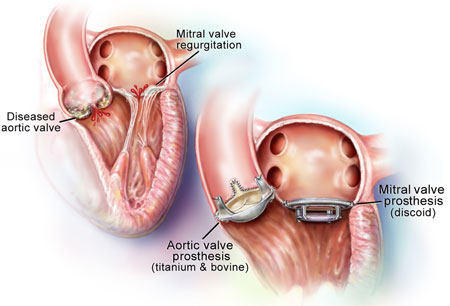
Why are heart valves repaired or replaced?
When the heart valves are diseased, their main function of opening and closing to allow blood flow in one direction is hampered. They allow the backflow of blood; this is also called regurgitation of blood. Some of the signs of valvular heart disease are:
- Cyanosis
- Fatigue
- Chest pain
- Lightheadedness and dizziness
- Edema in the lower limbs
The correction of valvular disease may involve the total replacement of the affected valve as they may be too damaged to repair.
Heart valve replacement surgery
Heart valves may be replaced with any of the following:
- Biological valves – Also called tissue or bioprosthetic valves, they are usually made of tissue from cattle, pigs or even human tissue. They may also be supported with artificial parts, which makes it easier for them to be implanted.
- Homograft valves – These are from human donors; they may be gotten after the death of the donors. They are used to replace diseased valves. They can also be used to replace pulmonary valves when they are diseased.
- Mechanical valves – These are made from metal or carbon parts and designed to function just like the normal valves. They are very durable, well-tolerated and designed to last as long as the individual lives.
What are the Types of Valve Replacement Surgeries?
Different types of valve surgery exist. They include:
- Aortic valve replacement – The aortic valve is situated on the left side of the heart. It operates as an outflow valve and allows the outflow of blood from the left ventricle. The valve may need replacement in the instance of a disease, defect or infection that leads to the regurgitation of valvular stenosis.
- Mitral valve replacement – The valve is on the left side of the heart; it regulates the inflow of blood from the left atrium into the left ventricle. The surgery is required when the valve is narrow or regurgitates blood due to a defect, disease or infection.
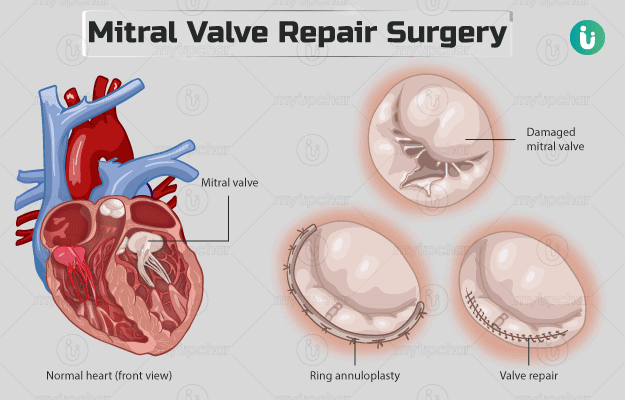
- Double valve replacement – Usually consisting of the aortic and mitral valve, it is not very common and has a higher mortality rate than other types of valve replacement.
- Pulmonary valve replacement – this valve allows the flow of blood from the heart to the lungs through the pulmonary arteries. The replacement can be due to stenosis, a defect or an infection.
What are the Types of Surgical Techniques used?
The type of surgical technique used may depend on the stage of the disease, the age of the individual, their general health and the type of intervention needed, whether a replacement or a repair. Some of the techniques used include:
- Transcatheter aortic valve replacement – It is usually employed for people with severe aortic stenosis. A catheter is used to replace the affected valve. It is usually introduced through an artery in the groin or wrist. It can also be through the chest.
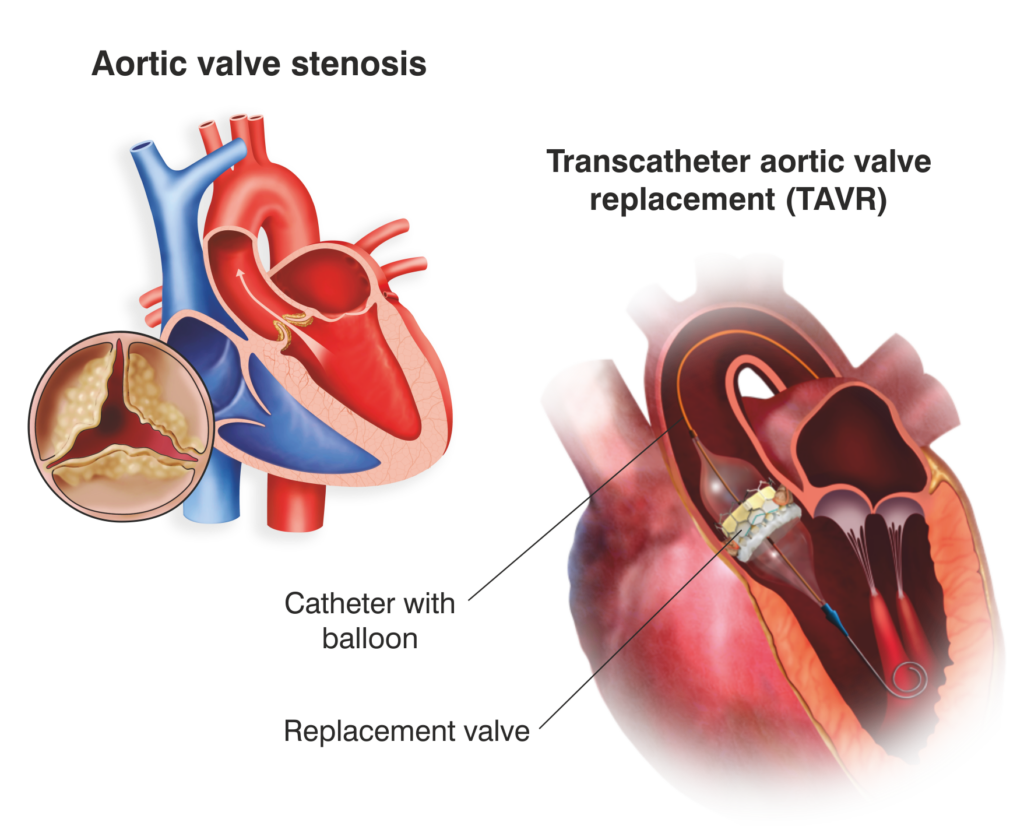
- Ross procedure – This is a very complex procedure where the pulmonary valve is switched to the aortic valve, and a pulmonary homograft is placed in its position.
- Open heart procedure – This procedure involves incisions on the chest, and the opening of the ribs to access the heart and the valves. It is the traditional method of the surgery.
Heart valve replacement surgeries are done under general anaesthesia; the techniques can be invasive or minimally invasive. The invasive type requires an incision running from the neck to the navel while the minimally invasive type makes do with a smaller incision which also reduces the risk of post-surgical infection. During the surgery, a bypass machine will help in blood circulation as the heart is not active during the surgery.
Recovery
After the surgery, the patient is moved to the intensive care unit where they are monitored very closely. After one or two days, they are then moved to a more general ward, where they recover for about a week or more depending on the surgery they had. The patient is hooked up to special machines that will monitor their heart rate, blood pressure and other vital parameters. They will also have drainage tubes to help remove the buildup of fluids in the cardiac area. The patient may feel fatigued for the first few weeks after the surgery; the area may be swollen or painful for that period. These symptoms will disappear after a month or two.
The patient is advised against stressing themselves for at least six weeks after the surgery. It is also crucial that they get enough rest during the recovery, are active and eat very nutritious heart-friendly meals. They are instructed to quit smoking, tobacco intake, and drinking. The cardiac rehabilitation program is also recommended for patients as it will help them recover faster and better. This is where a team of healthcare professionals provide support, help guide and give tips to the patient on what to do, what to eat and what to give up so that their recovery period progresses smoothly.
The program will also ensure that the patient does not have a relapse and that the changes carried out in the surgery are maintained for the rest of their lives. The patient is instructed not to carry any heavy objects that may put a strain on their chest or upper arm muscles for at least two months after the surgery. The patient must follow the doctor’s instructions to the letter, and follow their prescription religiously.


